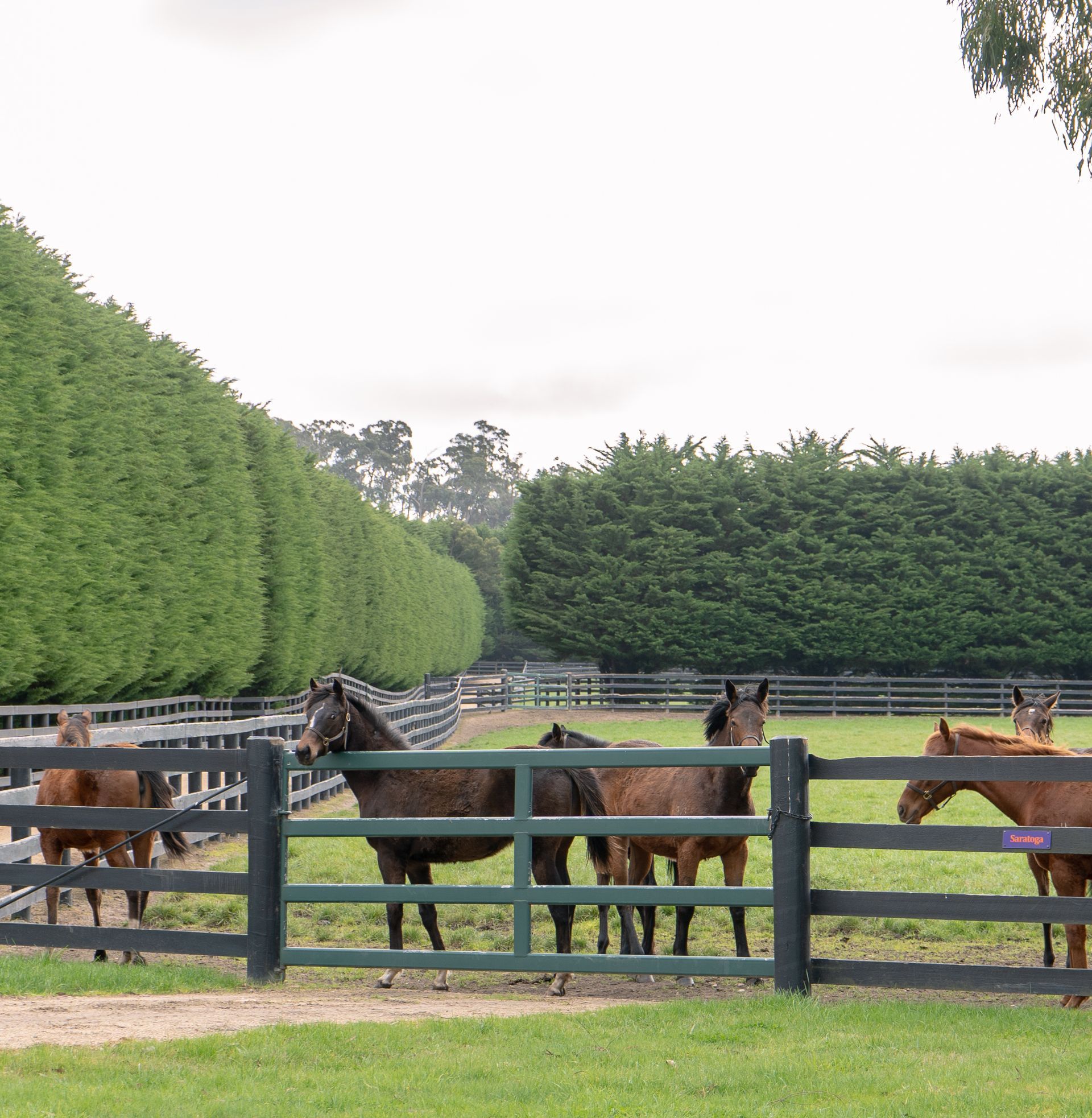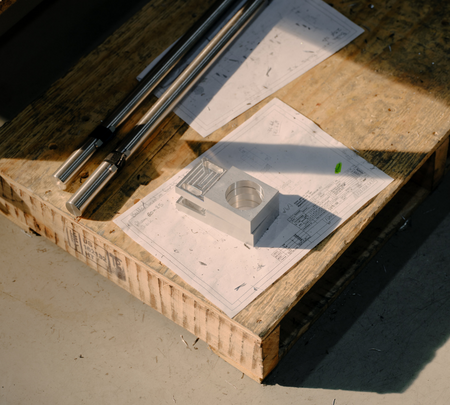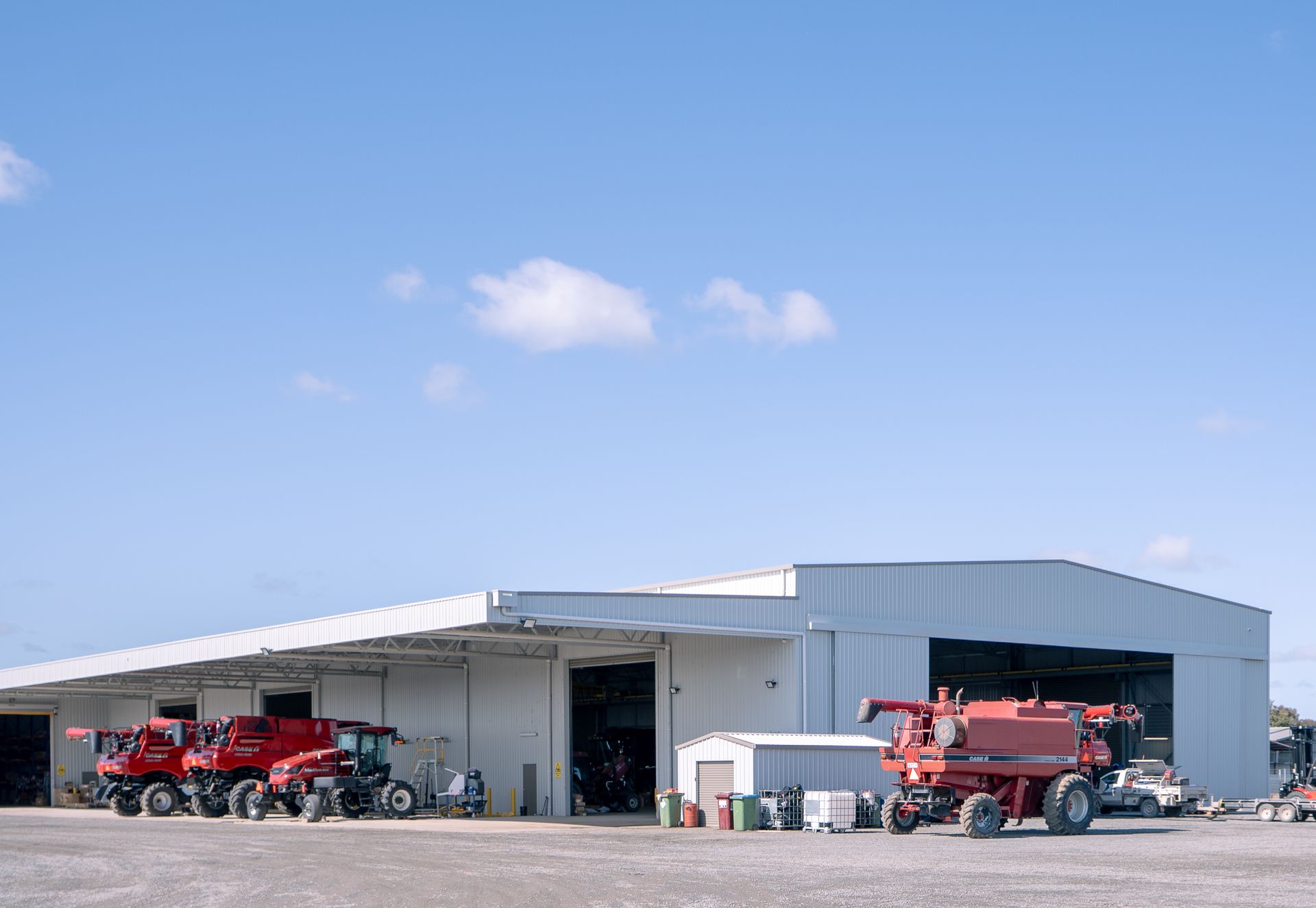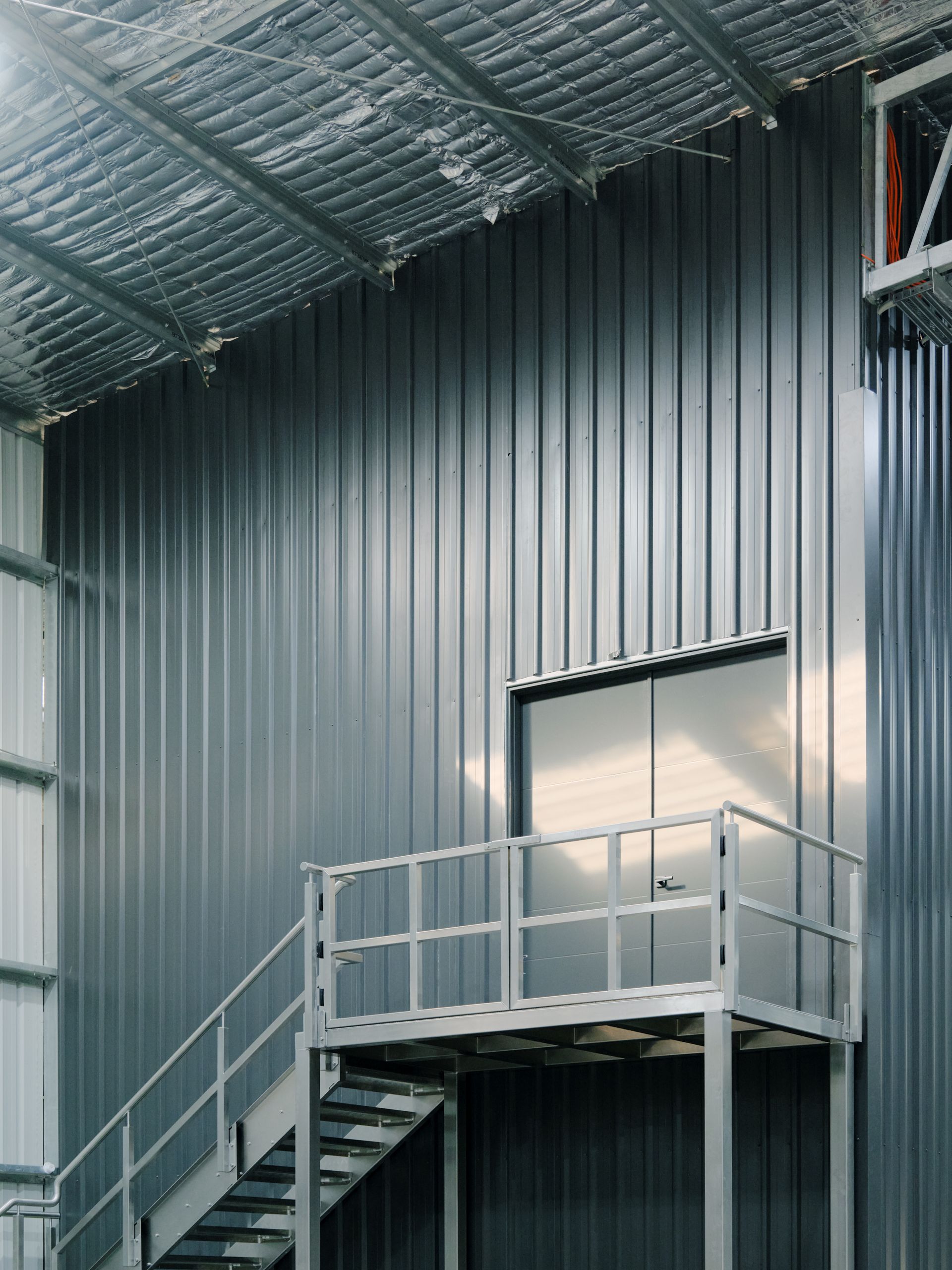Fire Safety in Industrial Sheds and Commercial Buildings: What You Need to Know
17 May 2021. By Dale Barker, Operations Manager
Fire safety is a critical consideration when undertaking a warehouse project, commercial shed, or other steel construction services. Ensuring compliance with regulations and implementing best practices can safeguard both your building and its occupants. This guide explores essential fire safety elements, focusing on construction methods, materials, and emergency systems.
Fire Safety in Building Construction
Effective fire safety incorporates three key areas:
- Materials: Opt for fire-resistant materials like steel, which is non-combustible and ideal for constructing safe and durable structures such as shade structures and commercial sheds.
- Construction methods: Techniques like separating external walls or using firewalls can contain fires and limit damage. For instance, firewalls dividing a building into sections can help maintain compliance with the National Construction Code (NCC) by keeping each section under the 500 sqm limit.
- Emergency systems: Devices like smoke alarms, evacuation lighting, and clearly marked fire exits ensure occupant safety during emergencies.

Know Your Building Classification
The NCC classifies buildings into categories from Class 1 to 10, which determine fire safety requirements. Typical commercial shed and warehouse project classifications include:
- Class 7: Storage-type buildings such as warehouses or wholesale facilities.
- Class 8: Factories used for production, assembly, or repair, like mechanic workshops or abattoirs.
- Class 10a: Non-habitable structures like private sheds or garages.
For farming structures, classifications depend on their use and size. A shade structure for a single tractor may be Class 10a, while a larger shed housing multiple machines could be Class 7a or Class 8. Your local council or the Australian Building Codes Board can help clarify classifications.
I Know What Class My Building Is: What’s Next?
If you’ve determined the building class that your structure will fall under, you can get some more detailed information from the National Construction Code itself.
Many clauses in the Code make reference to the building class, which is why it’s handy to know before you determine exactly what fire safety measures you need to take.
Your design and construct partner will be able to provide advice on the specifics of your building, however here are some general things to keep in mind.
General Guidelines for Fire Safety in Buildings
- General construction: Steel-framed buildings are much more resistant to fire than timber, so opting for a full steel building or commercial structure is a good first step. Steel is non-combustible whereas timber is combustible.
- Fire-safe external walls: External walls and eaves need to be capable of withstanding an hour-long ‘heat flux’ test, resulting in minimal structural damage to the exterior and a very minimal combustion effect on surrounding buildings. Heat flux is similar to thermal conductivity: materials that have a fire safety rating have to show fairly low energy transfer.
- Smoke alarms: Occupants must be provided with an automatic warning if smoke is detected so that they can evacuate safely (ie: a smoke alarm). Alarms should be connected to the mains power and be designed in an interconnected manner.
- Containing the spread of fire: External walls that are close to the boundary of your property (or a certain distance from another building in the same complex) must meet special criteria to help contain the fire within your own property. Examples of these special requirements are compliant fire wall construction details; concrete panels, Fyrchek plaster (a fire-rated wall system that is a variant of Gyprock), and brick walls, all of which can help contain a fire and stop it from spreading.
- Lining materials and guttering: Any sarking used in the roof must have a flammability index below 5. Fascias, guttering and flashings should be made of non-combustible materials.

Fire Exits
Allowing for a safe exit from the building needs to be factored in when designing your space. The exact number and location of fire exits will vary depending on the size and design of the building, and any fire doors need to be installed so they open outwards.
Fire Extinguishers
Keeping fire extinguishers at the ready can make all the difference, so it’s important to follow the recommendations in the Code. Extinguishers should be the appropriate type for the flammable materials you have on site, and should generally be located near exit doors.
Access by Emergency Services in the Event of a Fire
As with any type of building, emergency access is critical to minimising the damage associated with a fire. Keeping your driveway and other accessways clear at all times and making sure any firefighting equipment is in good working order will make it easier for firefighters to manage a blaze at your site.

Emergency or Backup Lighting
In the event of a fire, it’s highly possible that you will lose power. This means emergency lighting needs to be installed to ensure anyone inside can easily see illuminated fire exit signage and safely leave the building. Emergency lighting runs off a completely separate circuit or battery system, and it should be installed so that the path to exit is easily visible throughout the entire building.
Post-Construction: Protecting Your New Structure
Of course, once your structure is built you want to protect it! If you’re in a bushfire-prone area or in a rural location, take a look at our article on protecting your structure from fires.
Advice on Fire Design Requirements for Commercial Buildings
Our team are here to help throughout the entire process, from planning to construction. If you have any questions about fire and safety requirements for your commercial, industrial or rural building project, give our friendly team a call.

